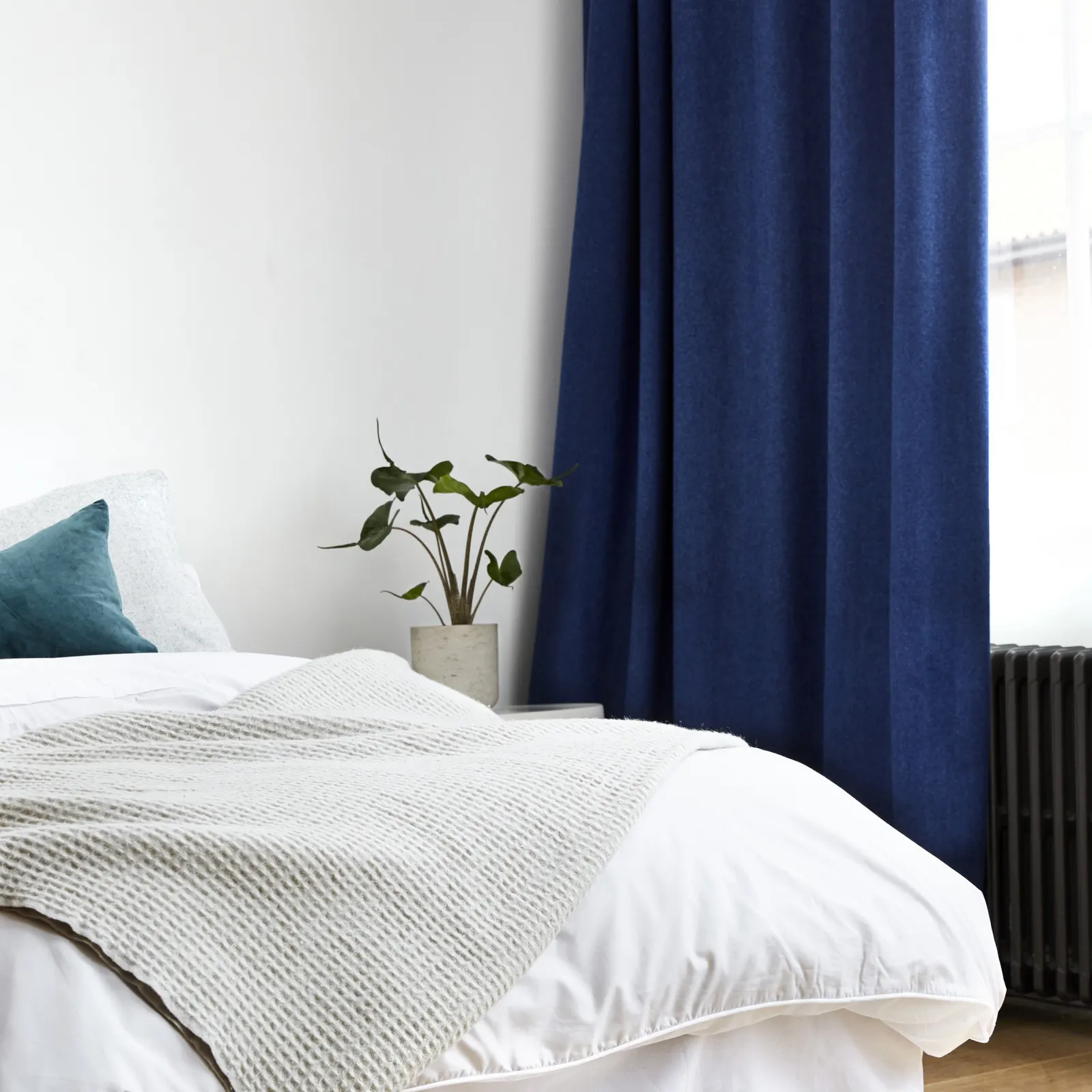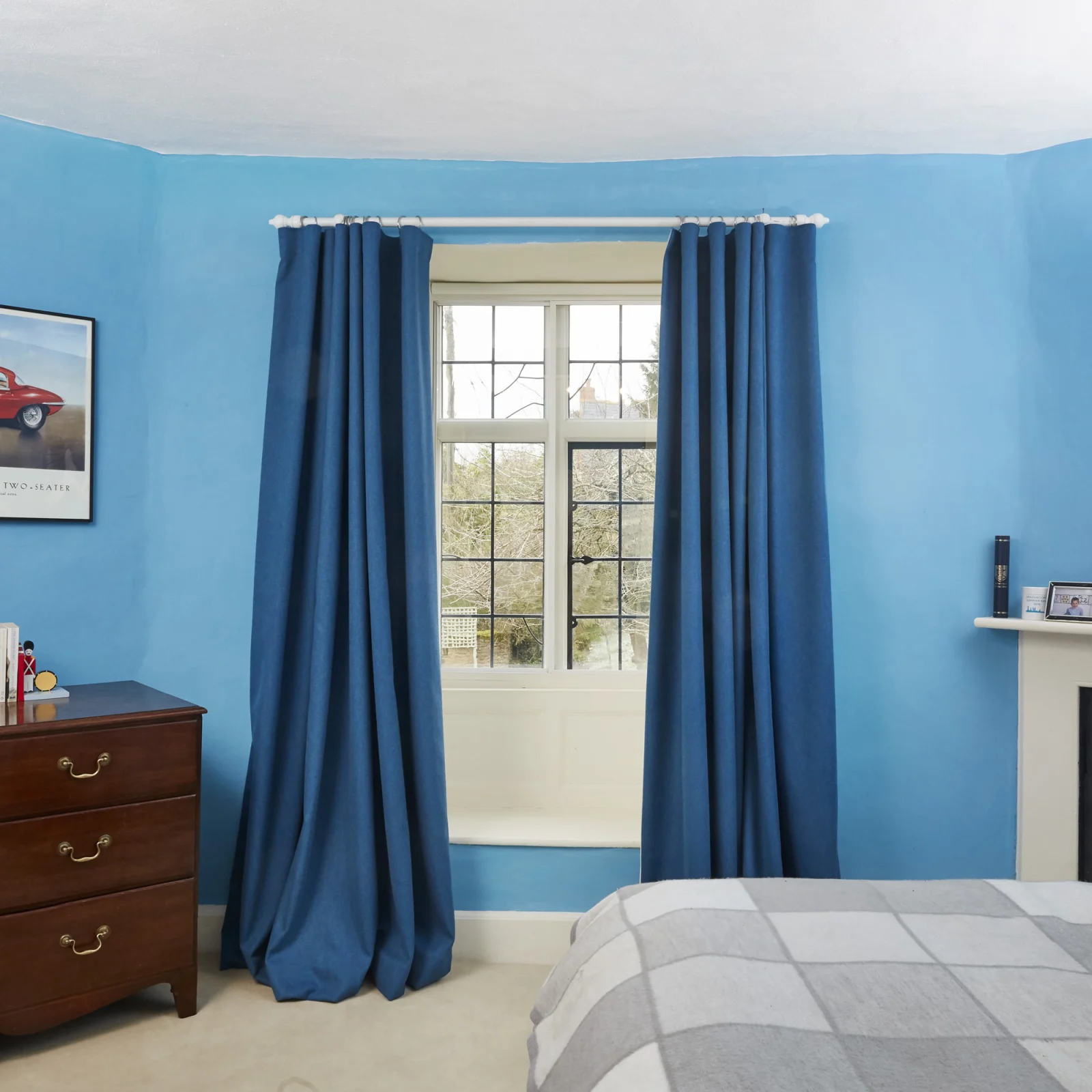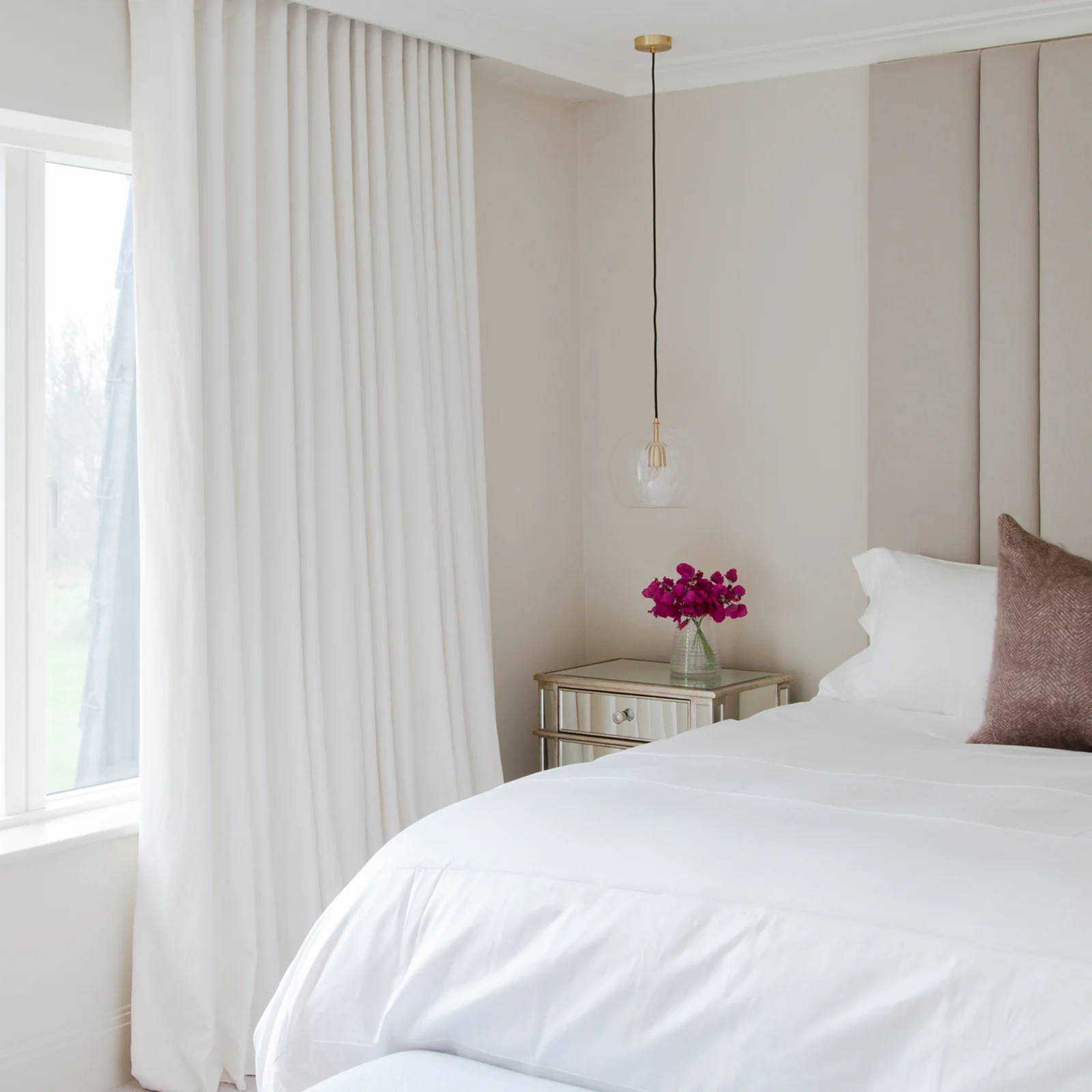
How to create zen in your bedroom
We spend a huge amount of time - about a third of our lives - sleeping. And not only are our bedrooms places to sleep but they’re somewhere to relax, be ourselves and be intimate. It’s arguable therefore that it’s more important to get the design of our bedrooms right than any other area of our homes. Here are our tips for ensuring your bedrooms are places of calm and zen…

01. Remember what a bedroom is for
We often try to do too many things in a bedroom, turning them into places to watch TV, work from home and eat a meal as well as rest and sleep. Bedrooms should have a bed, somewhere to rest a book and bedside light, some storage and that’s about it. And in an ideal world, the storage would be located somewhere else!

02. Are you a night owl or a lark?
If you’re somebody who needs a bit of coaxing to get out of bed in the mornings, you’ll probably want your bedroom to be a light, bright sanctuary. Alternatively, you may want to create a dramatic, cocooning space and therefore choose a stronger, darker palette.
Colour is very personal and you’ll naturally be drawn to certain shades but it’s perhaps worth remembering that yellows, oranges and reds are stimulants that don’t make for the most restful night’s sleep. Whilst pink is said to promote rest and flatter the skin!

03. Let your bed lead the way
Beds are usually the most dominant piece of furniture in a bedroom and their style will determine the look and feel of the space. There may be little flexibility on where your bed is placed but you’ll want to have an attractive view as you’re sitting in it, so consider the position of the bed relative to any windows as well as what you have on the opposite wall.
And no matter the size of your bedroom, you can determine whether your bed is the first thing you see as you enter the room or whether it is concealed by reversing the swing of your bedroom door.

04. Maximise storage
Making sure you have enough storage is essential in a bedroom. If your budget allows, built-in storage is by far the most efficient option, maximising the space available and ensuring any awkwardly shaped areas are utilised. Assuming space allows, one or two pieces of freestanding furniture such as a chest of drawers or dressing table add personality and provide welcome additional storage. An upholstered storage ottoman is also a very useful addition.

05. Get the lighting right
Our bedrooms need to provide us with a ‘get up and go’ feeling in the morning and be restful and atmospheric at night. Good lighting will do both. The key is to ensure flexibility and layering of different types of lighting. A lonely central pendant is a definite no-no.
Bedside lighting either in the form of table lamps or - where space is more limited - wall lights or pendants hung low is key. You need light at shoulder height when you’re sitting in bed reading so choose lamp shades or position wall lights or pendants accordingly. If possible have a switch by your bed so you don’t have to get out of bed to turn wall lights and pendants off. Dimmer switches should be used wherever possible.
Make sure you have lots of light where you’re getting ready in the morning. Wherever possible, position dressing tables near windows and, for the most flattering effect on a dark morning, have lighting both at face level and overhead. You will want to consider privacy blinds in any bedroom that’s overlooked - they’re a great way of allowing natural light in while providing complete privacy as you prepare for the day ahead.

06. Have something soft underfoot
Hardwood or stone flooring may be beautiful but you’ll welcome the feel of something soft under your feet as you step out of bed, especially on a winter’s morning. If you don’t opt for carpet in a bedroom, a large rug (or rugs) around the edges of the bed will do the trick.

07. Choose some beautiful curtains or blinds
The right blind or pair of curtains will dress a bedroom, making it look considered and luxurious. The colour and composition of the fabric will influence the look and feel of a bedroom and your mood. Don’t forget they will be the first thing you touch in the morning and the last thing late at night before you slip into bed for a perfect night’s sleep. So they’re definitely worth thinking about it early on.
If you’re opting for curtains, go full length for an elegant look and the best blackout solution. Where you have a radiator under a window, a blind may look cleaner than short curtains.
We would always recommend choosing a blackout lining for curtains and blinds in a bedroom. Achieving that perfect blackout solution doesn’t need to be tricky, it’s simply a case of choosing the right solution for your window (we have a team of pros that can help choose the perfect solution).
Start designing your dream bedroom...
The Stitched team love the process of designing a bedroom and are here to help you decide on the best fabrics for your space, so get in touch with us today.